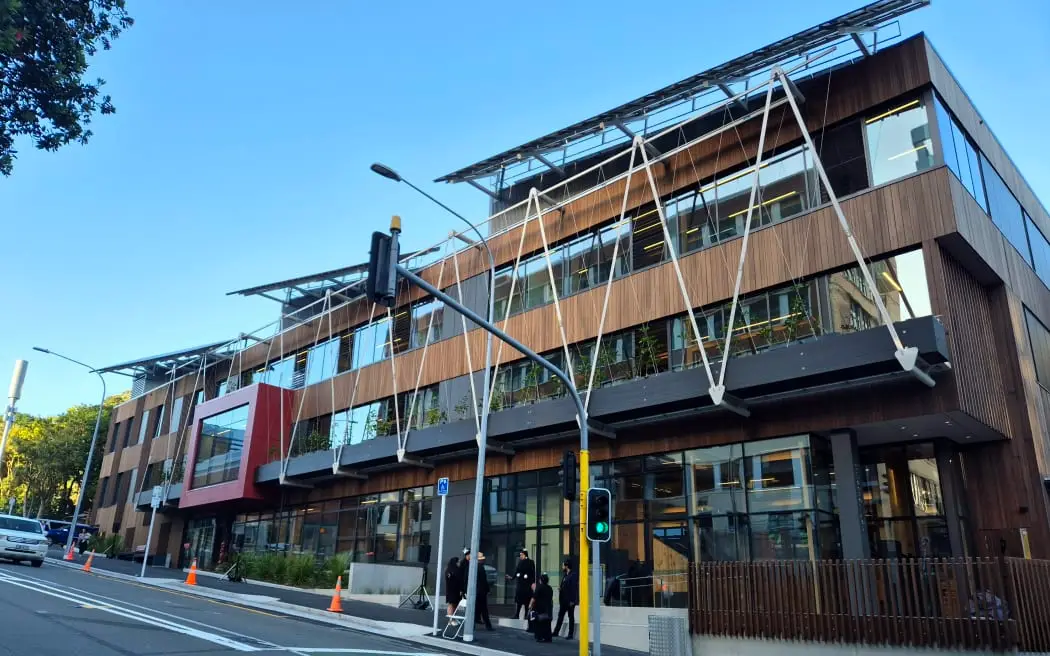The Living Pā: A Sustainable Marvel of Māori Architecture
The Living Pā, a new three-storey building at Victoria University’s Te Tumu Herenga Waka campus, has been hailed as one of the most sustainable buildings in New Zealand. The $61 million project was completed after four years of construction and is a testament to the country’s growing commitment to environmentally friendly design.
Design and Construction
The Living Pā is built using mostly sustainable timber, with some steel components. The building’s design incorporates natural materials and elements, such as reclaimed wood and bamboo, to minimize its environmental impact. The structure itself is designed to be flexible and adaptable, allowing it to change over time without requiring major renovations.
“Hundreds of people have worked tirelessly on this project,” said Rawinia Higgins, Deputy Vice-Chancellor (Māori) at Victoria University. “It’s a true collaboration between architects, engineers, contractors, and the Māori community.”
Māori Connection
The Living Pā has a deep connection to Te Tumu Herenga Waka’s wharenui, which was built on the site over 100 years ago. The new building incorporates elements of the original structure, including reclaimed wood from the old villas.
“The name Ngā Mokopuna was unveiled during the 4:30am karakia,” said Rawinia Higgins. “It’s a significant milestone for our wharenui and a symbol of our commitment to preserving our cultural heritage.”
Whakapapa and Naming
The name Ngā Mokopuna, which means “our children” in Te Reo Māori, was chosen to reflect the building’s purpose as a hub for the next generation of students. The name also acknowledges the whakapapa (genealogy) of the university’s founders.
“We have our own whakapapa here for the fact that their koro built it,” said Victoria University staff member Rawinia Higgins.
Cost and Impact
The overall cost of the project was $61 million, with a significant portion going towards sustainable design and materials. The building is expected to reduce greenhouse gas emissions by over 70% compared to similar buildings in New Zealand.
“It’s pretty emotional, pretty awesome just to see the final product and come to the end,” said construction consultant who worked on the project, Ian Ryder. “This is the second most sustainable building in New Zealand so it’s pretty impressive.”
Conclusion
The Living Pā is a shining example of how Māori architecture can blend seamlessly with modern sustainability goals. The building’s design and materials reflect the country’s growing commitment to environmentally friendly design, while also honoring the cultural heritage of Te Tumu Herenga Waka. As a hub for future generations of students, the Living Pā is sure to leave a lasting impact on Victoria University’s campus.

0 Comments